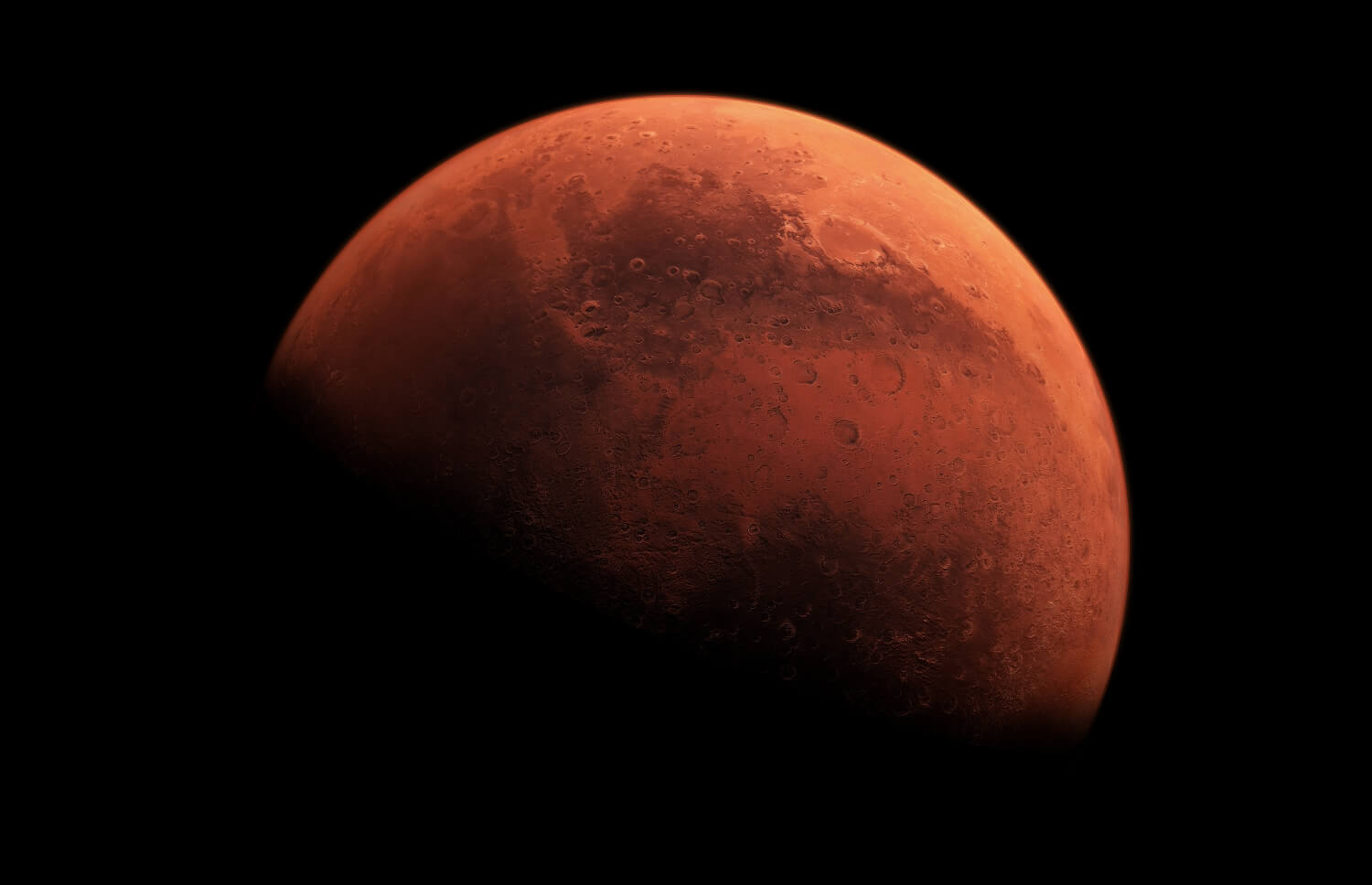What just happened? The United Arab Emirates has cleared the first hurdle in its effort to send a spacecraft to Mars. On Sunday, the UAE successfully launched its Hope orbiter into space aboard an H-2A rocket. The mission blasted off from the Tanegashima Space Center in Japan after having been delayed twice due to unfavorable weather conditions.
The mission to Mars, one of three scheduled this month, is leveraging a period when Earth and Mars are relatively close to each other. Hope will spend the next seven months traveling to our nearby neighbor and if all goes according to plan, it should get there by February 2021. Rather than landing on the surface, Hope will orbit the Red Planet for at least one full Martian year in order to collect additional data to help scientists better understand the planet's weather and climate.
Hope project manager Omran Sharaf said that for the first time, the scientific community will have a holistic view of the Martian atmosphere at different times of the day at different seasons. But their long-term goals are much broader.
"We have a strategy to contribute to the global effort in developing technologies and science work that will help one day if humanity decides to put a human on Mars," Sharaf added.
China is expected to start its Tianwen-1 mission on July 23 and NASA is aiming to send its Mars Perseverance rover and Ingenuity helicopter into space on July 30 following two earlier delays. Given the current launch date, NASA expects Perseverance to touch down on Mars on February 18, 2021.
Masthead credit: WR Studios
